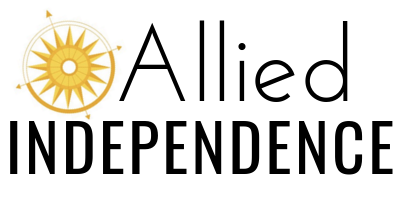137. Using a Switch to Increase Communication in Learners with Visual and Multiple Impairments with Roxanne Ayres
Topics:
switch, SLP, hearing loss, specialist, impairments, multiple, VI, hear, communicate, good, special education, videos, O&M, deaf blindness, collaboration, verbal, choices, movement
Communication is a fundamental aspect of human interaction and learning. For individuals with visual and multiple impairments, communicating their needs, preferences, and thoughts can be a significant challenge. However, in the world of education and assistive technology, innovative solutions continually emerge to support students with diverse learning needs. A particularly promising technology in this realm is the humble yet powerful switch. With the help of assistive technology like switches, educators can provide valuable tools to enhance communication and engagement.
Switches as Communication Aids
Switches emerge as a versatile tool that bridges the gap between learners and the actions or choices they wish to communicate. They are simple yet powerful devices that allow users to control various functions, including communication, by pressing, tapping, or activating it through different means. They can be programmed to enable a range of communication functions. These include choice-making, requesting specific items or activities, expressing emotions, and actively participating in educational and recreational activities. Switches, in essence, become a conduit for learners to express themselves effectively.
Customization and Flexibility
One of the remarkable advantages of switches is their adaptability to individual needs. Educators can customize switches to suit the learner's abilities and preferences. This personalization ensures that the switch effectively serves its intended purpose and evolves as the learner progresses.
Implementing a Switch Program
Creating an effective switch program for learners with visual and multiple impairments involves several key steps. These steps include assessment, goal setting, training, consistency, feedback and evaluation, and collaboration among caregivers, educators, and therapists.
The journey to empower learners with visual and multiple impairments using switches is a testament to the power of innovation, dedication, and collaboration in education. Using a switch to increase communication in learners with visual and multiple impairments is a transformative approach that empowers these individuals to express themselves, make choices, and engage actively in their environment. Every switch activated, every connection made, is a step towards a more inclusive and equitable learning environment. Assistive technology, like switches, offers a pathway to greater independence and inclusion, fostering a more inclusive and compassionate society for all.
